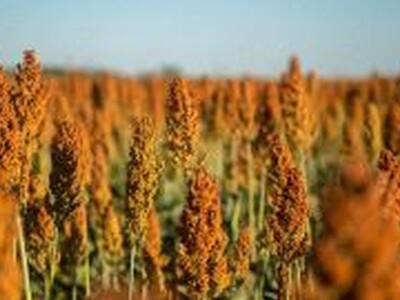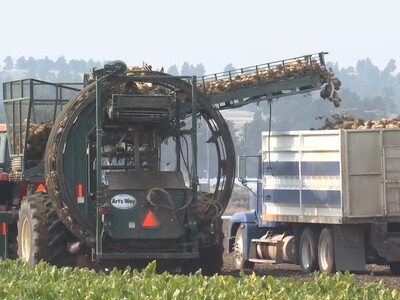Soil Testing
You know it is absolutely amazing what you can find by just looking at your emails and, imagine this, items that are characterized as spam in your email account. I ran across a blog called Wolftrax from someone named Steven Tillman. The title of the blog was “Should you soil test this year?”Here are a few of the questions with answers.
How often should I soil test?
Most likely you are not testing every field every year. Here are a few tips on how often you should:
In general, test every 2-4 years.
Consider testing more often if you have introduced a new crop rotation.
Test new fields more often to gain an understanding of the soil variability.
What time of year should I be soil sampling?
In general, the rule is after harvest but before any new fertilizer applications. The important thing to remember is to be consistent from one year to the next. If you choose to pull samples in the fall, sample again in the fall the next time you test that field. .
How deep should I pull samples?
Like timing, how you pull samples should be consistent from year to year. Consult with your local agronomist, but industry standards are 6-8 inches for conventional-tillage fields and 4 inches for no-till fields.
What should I soil test for?
Most soil test labs routinely share results for the major nutrients (NPK), soil organic matter and pH. Be sure to request micronutrient levels from the soil test lab, too. Even if you have not previously tested for them, micronutrients can drag yield if they are deficient. Don’t let a micronutrient like zinc or boron determine whether you get the most from your seed and fertilizer investments.
What should I look for on my report from the soil test lab?
The most important thing to correct before fertilizer rates is soil pH. High or low soil pH can affect how nutrients will react and behave in your soil.
Speaking of pH, listen to Darren and Brian Hefty, from their television show, Ag PhD which is Information for Agriculture. “the first thing you want to look at on the soil test always is your soil pH, that is the very most important thing on your soil test and you must always get that. What we are looking at is with most crops, the ideal soil pH is roughly 6.8.


















